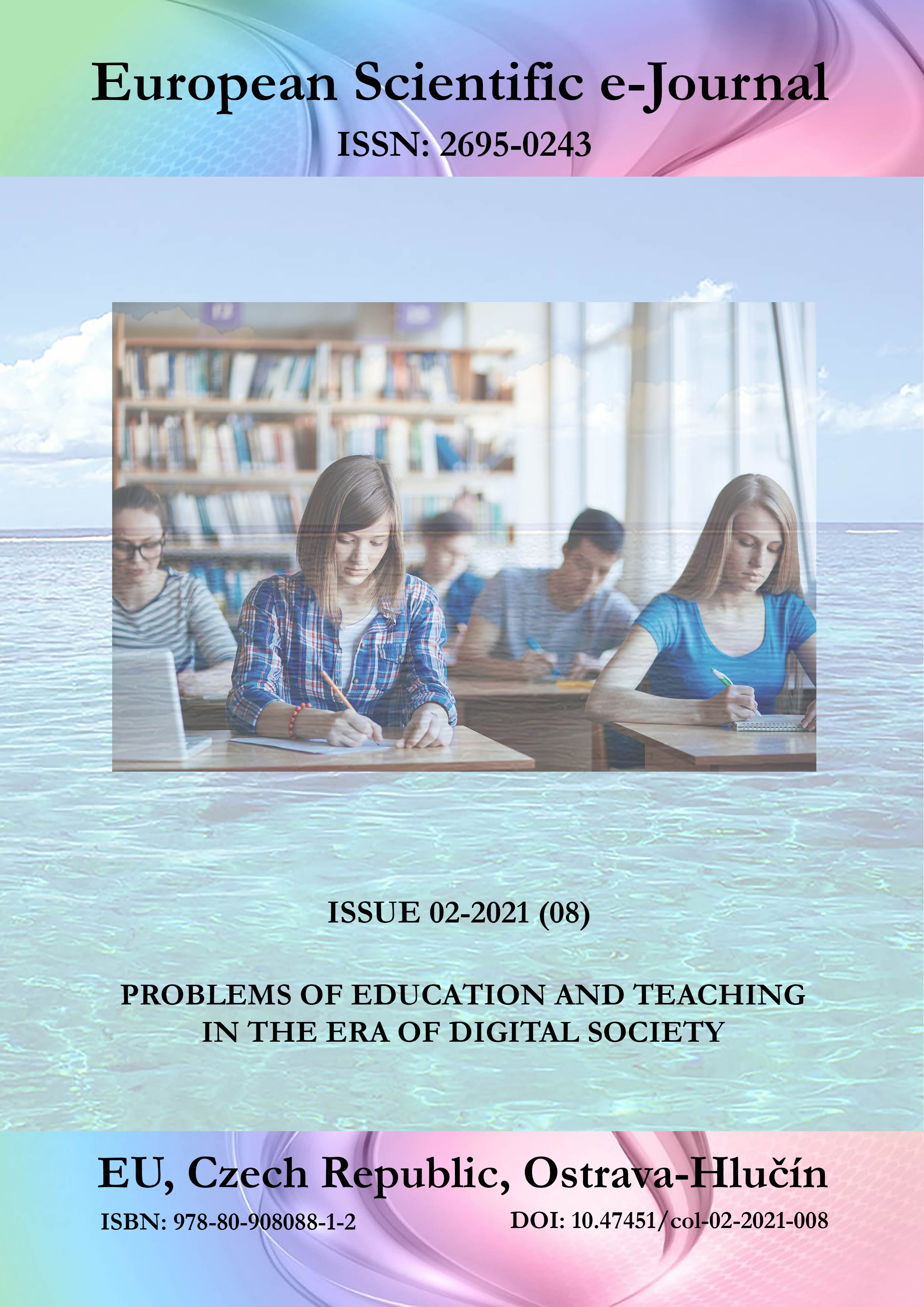Understanding the Integration of Needle and Bobbin Lace in Works of Applied Art
DOI:
https://doi.org/10.47451/ped2021-01-003Keywords:
lace, museum, research, historical heritage, ancient technologies, recreationAbstract
Unique and inimitable man-made creations created by Russian and European lace makers of the past centuries have made a significant contribution to the development of decorative applied art, thereby enriching the world’s cultural and historical heritage. The collections of museums contain monuments of material culture, among which a special place is occupied by samples of lace, which harmoniously combine the ancient techniques of embroidery and weaving on bobbins. The research is devoted to the revival of ancient technologies with the combination of needle and bobbin lace in works of applied art. The article reveals the relevance of regional-historical, cultural, artistic and creative approaches to research in the field of embroidery and lace-making. In the course of the research, modern empirical and comparative methods were applied, as well as historical and cultural approaches to the study of the issue. The authors used unique and rare materials of Russian researchers in the field of material cultural heritage preservation. The results of the research can be applied in the course of studying the issue of the historical and cultural heritage of Russian creativity.
Downloads
References
Banfi, A. (1989). Philosophy of Art: Collection of works. Moscow: Iskusstvo. (In Russ.)
Biryukova, N. Y. (1959). Western European lace from the 16th to 19th centuries in the Hermitage collection. Leningrad: Publishing House of the State Hermitage Museum. (In Russ.)
Complete school of women’s needlework (1915). Petrograd: State Printing House, Magazine Domashny Mir. (In Russ.)
Davydova, S. A. (1892). Russian lace and Russian lacemakers. The historical, technical, and statistical research. St. Petersburg: Printing House of S.A. Suvorin. (In Russ.)
Faleeva, V. A. (1983). Russian braided lace. Leningrad. (In Russ.)
Korshunova, T. T. (1979). Costume in Russia from the 18th to early 20th century. From the collection of the State Hermitage Museum. Leningrad: Artist of the RSFSR. (In Russ.)
Kosourova, T. N. (2004). The art of embroidery. Western European embroidery from the 16th to early 20th century in the Hermitage. St Petersburg: Slavia. (In Russ.)
Lonchinskaya, I. E. (2009). The influence of Italian lace on the development of Russian lace-making. Design. Materials. Technology, 2(9), 79–82. St. Petersburg. (In Russ.)
Nosan, T. M. (2011). Embroidery in traditional applied art. Art and Education, 1(69), 115–123. Moscow. (In Russ.)
Russian folk art at the Second All-Russian Handicraft Exhibition in Petrograd in 1913: Reprint edition of 1914. (2008). St. Petersburg: Alfaret. (In Russ.)
Sidamon-Eristova, V. P., & Shabelskaya, N. P. (Eds.) (1910). Collection of Russian antiquities by Embroidery and lace, 1. Moscow. (In Russ.)
Published
Issue
Section
License
Copyright (c) 2025 European Scientific e-Journal

This work is licensed under a Creative Commons Attribution 4.0 International License.
The European Scientific e-Journal (ESEJ) is an open access journal. Articles are available free of charge as PDF files on the website of the European Institute for Innovation Development. PDF files can be previewed with Acrobat Reader from www.adobe.com.
All articles of the “Tuculart Student Scientific” are published under a Creative Commons Attribution 4.0 Generic (CC BY 4.0) International license.
According to the Creative Commons Attribution 4.0 Generic (CC BY 4.0) International license, the users are free to Share — copy and redistribute the material in any medium or format for any purpose, even commercially (the licensor cannot revoke these freedoms as long as you follow the license terms).
Under the following terms:
- Attribution — You must give appropriate credit, provide a link to the license, and indicate if changes were made. You may do so in any reasonable manner, but not in any way that suggests the licensor endorses you or your use.
- No additional restrictions — You may not apply legal terms or technological measures that legally restrict others from doing anything the license permits.


